Professional Landing Page Builder for High-Conversion Results

In today’s competitive digital landscape, businesses need tools that turn visitors into customers quickly. A professional landing page builder like ClearCRM simplifies this process, offering intuitive design options and AI-driven optimization. These platforms eliminate the need for coding or hiring designers, letting teams focus on what matters: driving conversions.
Modern solutions combine drag-and-drop editors with smart features like automated A/B testing. Pre-built templates accelerate campaign launches, while real-time analytics highlight performance gaps. This approach ensures every page aligns with specific marketing goals, from lead generation to sales growth.
What sets these tools apart? Seamless integration with CRM systems, email services, and ad platforms creates unified workflows. Teams can refine strategies using data insights, ensuring continuous improvement. The result? Pages that adapt to audience behavior and deliver measurable outcomes.
Key Takeaways
- Advanced builders enable rapid creation of conversion-focused pages without technical skills.
- AI tools optimize content and layouts to boost engagement and sales.
- Pre-designed templates reduce launch time for campaigns and promotions.
- Built-in analytics help businesses track performance and refine strategies.
- Integration with existing tools ensures smooth workflow compatibility.
- Targeted page experiences increase lead quality and customer acquisition.
Why High-Converting Landing Pages Matter
Every click represents a potential customer, but only strategic design converts them. Dedicated pages built for specific campaigns outperform generic websites by focusing attention on single objectives. This laser-focused approach eliminates distractions, guiding visitors toward actions that drive measurable growth.
Driving Sales and Leads
Campaign-specific pages convert 2x faster than standard product pages. Why? They prioritize clarity over clutter. By aligning every element – headlines, visuals, CTAs – with one goal, businesses create frictionless paths to purchases or lead submissions.
Key advantages include:
- Higher-quality leads: Targeted messaging attracts audiences ready to act
- Faster decision-making: Simplified layouts reduce analysis paralysis
- Data-driven optimization: Real-time metrics reveal what converts best
Enhancing User Experience
Visitors spend 34% more time on pages designed for their needs. Responsive layouts and personalized content build trust, while logical flows answer questions before they arise. This experience-first approach turns casual browsers into loyal customers.
Effective pages use:
- Mobile-friendly designs that load in under 2 seconds
- Social proof elements like testimonials
- Clear value propositions above the fold
Landing Page Builder: A Game-Changer for Your Business
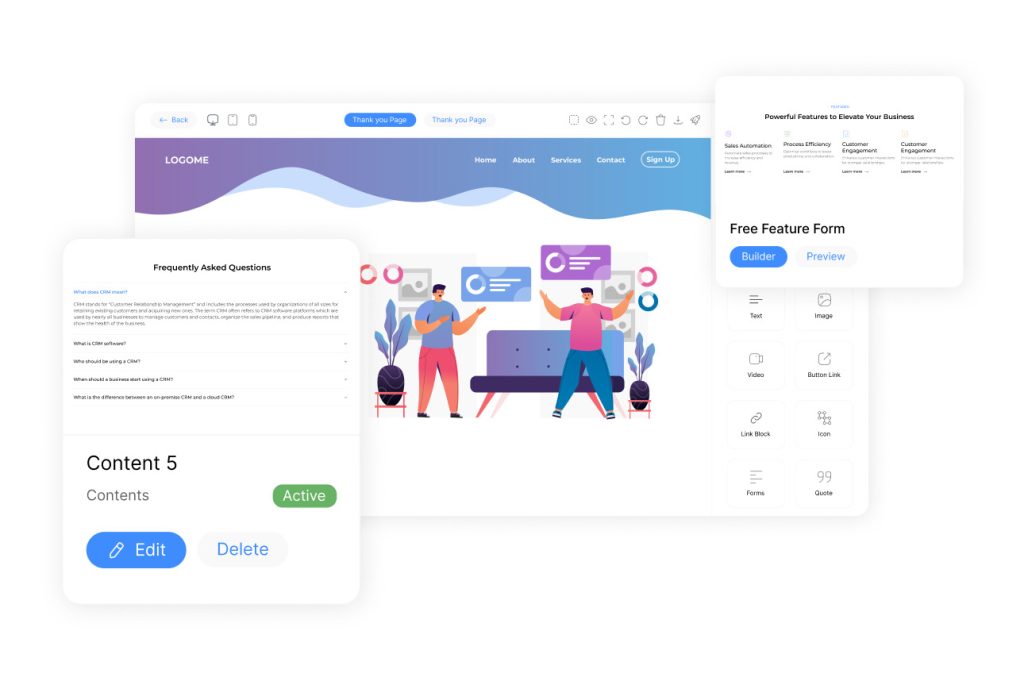
Modern marketing demands agility. Traditional web development cycles often delay campaign launches by weeks, but innovative platforms now let teams deploy high-performing assets in hours. These solutions democratize digital strategy, putting powerful capabilities directly in marketers’ hands.
Maximizing Conversions with Ease
Advanced platforms remove technical barriers through intuitive interfaces. Marketing teams can:
- Launch campaigns instantly using pre-optimized templates
- Generate multiple page variants for split-testing
- Automatically refine layouts via machine learning
Real-world results show companies achieve 68% faster campaign deployment using these tools. Integrated analytics track engagement patterns, while AI recommendations suggest headline improvements or CTA placements. This creates continuous optimization loops without manual effort.
Scalability becomes effortless. Businesses craft tailored experiences for different buyer segments simultaneously. A fitness brand might run separate campaigns for yoga enthusiasts and HIIT athletes – each with customized messaging – while maintaining consistent branding.
“Our conversion rates jumped 40% after adopting an intelligent platform. Testing ideas became instantaneous.”
These systems also bridge departmental gaps. Sales teams receive higher-quality leads from targeted campaigns, while executives gain clear ROI metrics. Unified platforms ensure all stakeholders work from the same data-driven playbook.
Drag-and-Drop Editor: Simple Yet Powerful
Breaking down design barriers starts with intuitive tools. Modern drag-and-drop editors empower teams to craft polished digital experiences without technical expertise. These platforms transform complex coding tasks into visual workflows, letting users focus on strategic messaging rather than software limitations.
Effortless Customization Without Coding
Every element becomes malleable. Marketers adjust layouts, fonts, and interactive features through direct manipulation. Real-time previews eliminate guesswork – changes appear instantly, accelerating iteration cycles. This hands-on approach removes dependency on external designers while maintaining professional standards.
Responsive design adapts seamlessly across devices. Elements automatically reposition for mobile screens, ensuring consistent user experiences. Pre-built templates offer launch-ready foundations, which teams modify to align with brand guidelines or campaign themes.
“We redesigned our campaign pages in hours instead of weeks. The visual editor made testing ideas as simple as rearranging puzzle pieces.”
Advanced tools enhance precision without complexity. Grid snap features align elements perfectly, while style libraries ensure color and typography consistency. Businesses deploy content-rich pages faster, capitalizing on trends or seasonal opportunities before competitors react.
AI and Automation for Personalized Campaigns
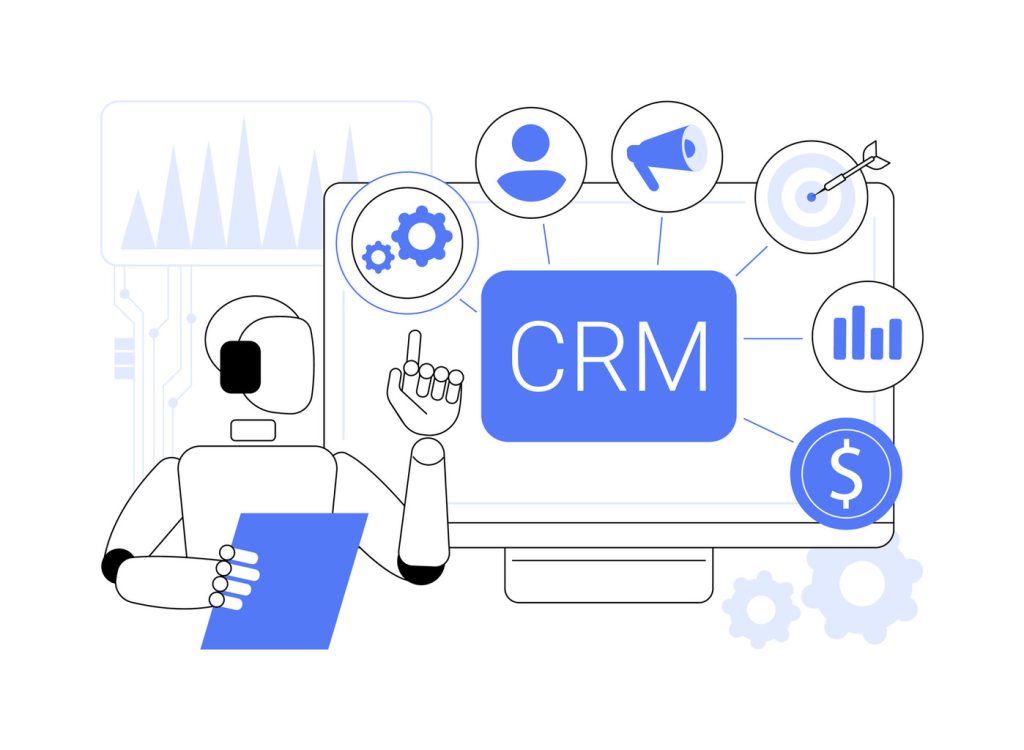
Artificial intelligence reshapes marketing by delivering hyper-personalized experiences at scale. Advanced algorithms analyze visitor behavior to generate content variations that align with specific demographics. This eliminates manual guesswork while boosting engagement across channels.
Dynamic landing pages adapt in real-time based on user interactions. Machine learning identifies patterns to adjust headlines, images, and offers instantly. A travel company could display tropical vacations to warm-climate audience segments while promoting ski packages to others – all from one template.
- Generate multiple campaign versions for simultaneous A/B testing
- Automate product recommendations based on browsing history
- Optimize form fields to match visitor intent
AI copywriting tools craft persuasive CTAs and email sequences that mirror brand voice guidelines. These systems analyze top-performing content across industries to suggest high-impact phrasing. Businesses save hours while maintaining consistent messaging.
“Our conversion rates improved 35% after implementing AI-driven personalization. The system identifies trends we’d never spot manually.”
Automation extends beyond text. Pricing displays and layout structures shift dynamically based on user location or device type. This granular targeting turns generic pages into tailored journeys that accelerate decision-making.
By merging machine learning with marketing workflows, teams achieve what once required entire agencies. Scalable personalization drives loyalty while cutting operational costs – a strategic advantage in crowded markets.
Integrated Marketing Tools and Analytics
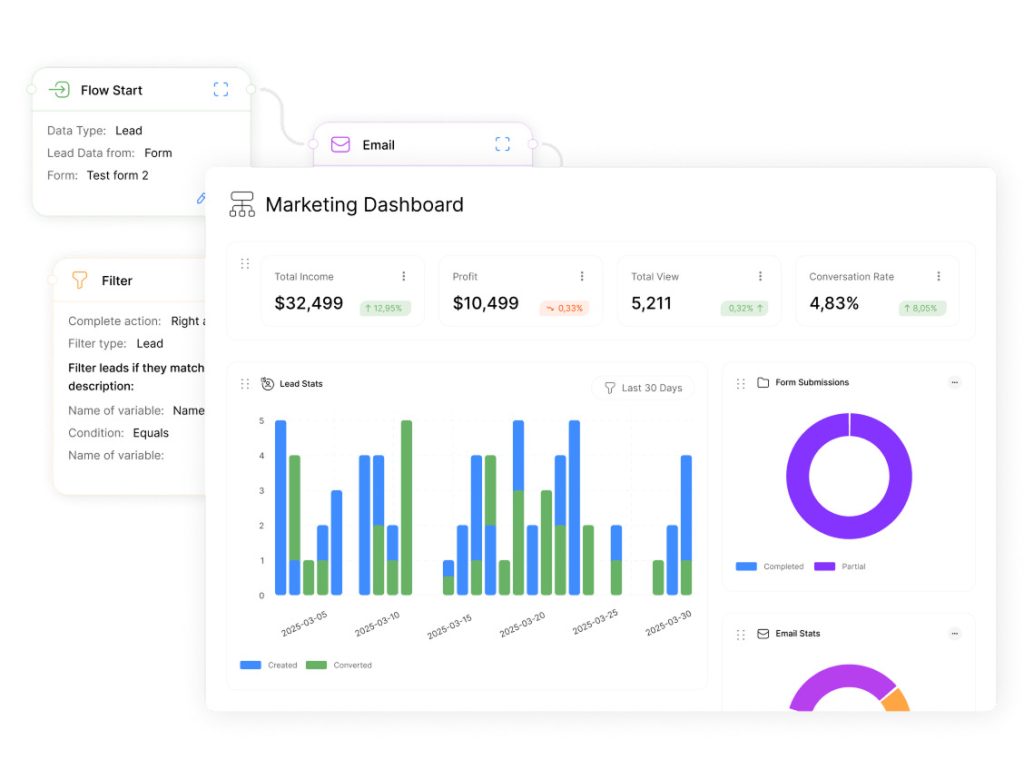
Successful campaigns rely on unified systems that bridge data gaps across platforms. By connecting campaign assets with analytics tools, businesses gain actionable insights while maintaining workflow continuity. This integration turns scattered metrics into cohesive strategies.
Real-Time Data and SEO Insights
Instant access to performance metrics lets teams pivot campaigns mid-flight. Platforms sync with Google Analytics and heatmap trackers, revealing how visitors interact with content. Marketers see which headlines convert best or where forms get abandoned.
Built-in SEO tools optimize pages for search engines automatically. Meta tags adjust based on keyword trends, while alt-text generators improve image accessibility. These features boost organic visibility without manual tweaks.
- Track conversion paths across devices and channels
- Identify high-performing traffic sources instantly
- Adjust page elements using live engagement data
Seamless API and App Integrations
Advanced platforms sync with CRMs like Salesforce, feeding lead data directly into sales pipelines. Automated workflows trigger follow-ups when visitors download resources or watch demo videos. This eliminates manual data entry errors.
Zapier and webhooks connect campaign tools with niche apps – from email services to accounting software. Teams maintain preferred marketing stacks while adding conversion-focused capabilities.
“Our sales team receives qualified leads within seconds of form submissions. Integration removed 6 hours of weekly admin work.”
Customizable Templates and Design Flexibility
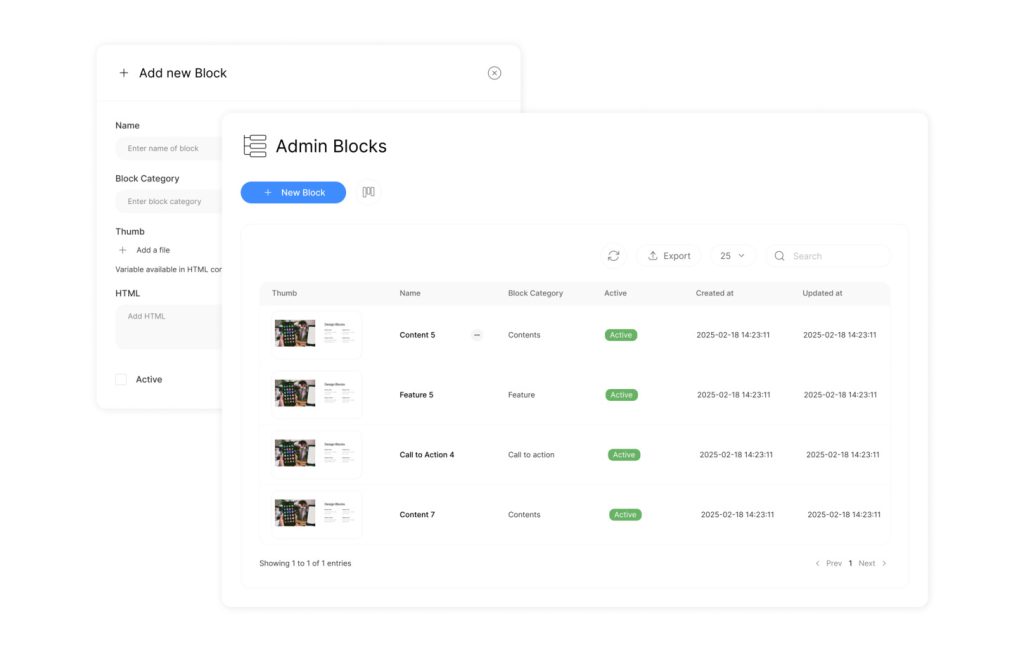
Consistency meets creativity in modern campaign design. Professional-grade templates empower teams to launch polished assets while maintaining brand integrity. These frameworks balance proven conversion principles with adaptable structures for diverse goals.
Campaign-Ready Foundations
Top platforms offer libraries with 200+ purpose-built layouts. Each design incorporates heatmap-tested element placement and mobile-responsive grids. SaaS companies use app launch templates with feature comparison tables, while eCommerce brands leverage product spotlight formats.
| Industry | Template Features | Conversion Lift |
|---|---|---|
| Professional Services | Case study sections, service grids | 28% higher lead quality |
| Health & Wellness | Testimonial carousels, booking CTAs | 33% faster sign-ups |
| Education | Course modules, instructor bios | 41% more enrollments |
Customization tools let businesses modify colors, fonts, and imagery without breaking layouts. Teams save time by cloning and adjusting existing page templates for seasonal campaigns. One financial services firm reduced design hours by 70% using this approach.
“We maintain brand cohesion across 12 monthly campaigns through template variations. It’s like having a design team on standby.”
Industry-specific options address niche requirements. Restaurant templates include menu previews and reservation widgets, while nonprofit formats emphasize donor impact stories. All layouts adhere to WCAG accessibility standards, ensuring inclusive user experiences.
Conversion-Optimized Components and Best Practices
Effective digital assets rely on precision-engineered elements that drive measurable outcomes. Each component must work in harmony to guide visitors toward decisive actions while addressing hidden hesitations. Businesses achieve this balance through tested frameworks that blend psychology with functionality.
Essential Elements for Lead Capture
High-performing forms use behavioral science to boost completion rates. Short fields with clear labels reduce cognitive load, while inline validation provides instant feedback. Progressive profiling gathers critical data across multiple interactions without overwhelming users.
Social proof elements like customer ratings and media logos build credibility. Placement matters – testimonials near CTAs reinforce trust during decision-making moments. One SaaS company increased form submissions by 27% by adding trust badges below email fields.
Strategic Call-to-Actions
Persuasive buttons combine urgency with clarity. Action-oriented phrases like “Start Free Trial” outperform generic “Submit” labels. Color contrast directs attention, while whitespace prevents visual clutter.
| CTA Strategy | Conversion Lift | Implementation Tip |
|---|---|---|
| Time-sensitive offers | 22% higher clicks | Add countdown timers |
| Benefit-focused text | 18% more engagement | Use first-person phrasing |
| Multiple placement | 31% reduced bounce rate | Float sticky CTAs on scroll |
“Testing button colors and microcopy doubled our demo requests. Small changes create compound growth.”
These components form conversion ecosystems where every element reinforces the next. Clear value propositions meet frictionless pathways, turning casual visitors into committed customers.
A/B Testing and Smart Traffic Optimization Techniques
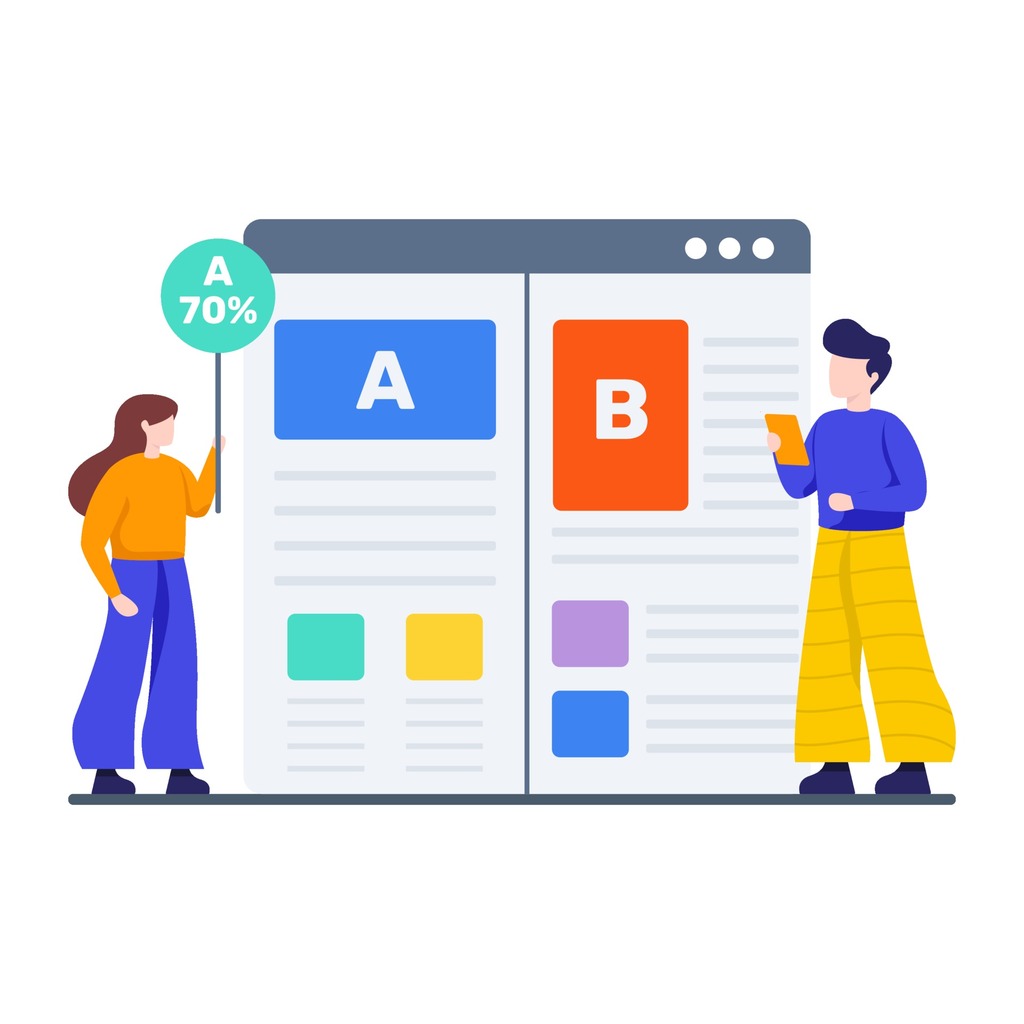
Data-driven decisions separate thriving campaigns from stagnant ones. Sophisticated tools now enable teams to refine digital assets through systematic experimentation and AI-enhanced routing. These methods eliminate guesswork by revealing what truly resonates with specific audience segments.
Precision Testing for Maximum Impact
Modern platforms let marketers compare multiple versions of campaign pages simultaneously. Testing elements like headlines, images, and button colors uncovers preferences hidden in raw data. One eCommerce brand boosted sign-ups by 19% simply by changing their form’s background color.
| Test Element | Optimization Method | Average Conversion Lift |
|---|---|---|
| Headlines | AI sentiment analysis | 14% |
| Visuals | Heatmap tracking | 22% |
| CTA Buttons | Color psychology testing | 31% |
Machine learning takes experimentation further. Systems automatically route visitors to variations matching their behavior patterns. A travel agency increased bookings by 27% using location-based page routing.
“Our testing cycles went from weeks to hours. The platform’s automatic traffic allocation cut our decision time by 65%.”
Real-time dashboards highlight winning combinations while campaigns run. Teams apply successful elements across other initiatives instantly. This creates compounding growth without manual analysis.
- Test multiple page sections simultaneously using multivariate tools
- Set automatic rules to pause underperforming variants
- Compare results against industry benchmarks powered by AI
Continuous optimization becomes effortless. Platforms update page elements based on emerging trends, keeping content relevant. Businesses maintain peak performance as audience preferences evolve.
Responsive Design for Seamless User Experience
User experience shapes digital success across every device. Responsive design ensures campaign pages adapt flawlessly to screens of all sizes. Businesses eliminate clunky mobile versions while maintaining visual appeal and functionality. This approach streamlines development, letting teams focus on strategic goals instead of technical adjustments.
Mobile traffic now dominates web interactions, making optimized experiences crucial. Fast-loading layouts with intuitive navigation keep visitors engaged longer. Touch-friendly buttons and properly scaled images reduce frustration on smartphones. These elements combine to lower bounce rates by 18-27% across industries.
Consistency remains key. A unified website appearance builds trust as users switch between devices. Brand messaging stays coherent, whether someone views a landing page on a tablet or desktop. Automatic element repositioning preserves critical calls-to-action and value propositions.
Modern tools handle these complexities behind the scenes. Marketers deploy campaigns knowing their site performs reliably everywhere. This technical foundation supports higher conversions without sacrificing speed or accessibility.

